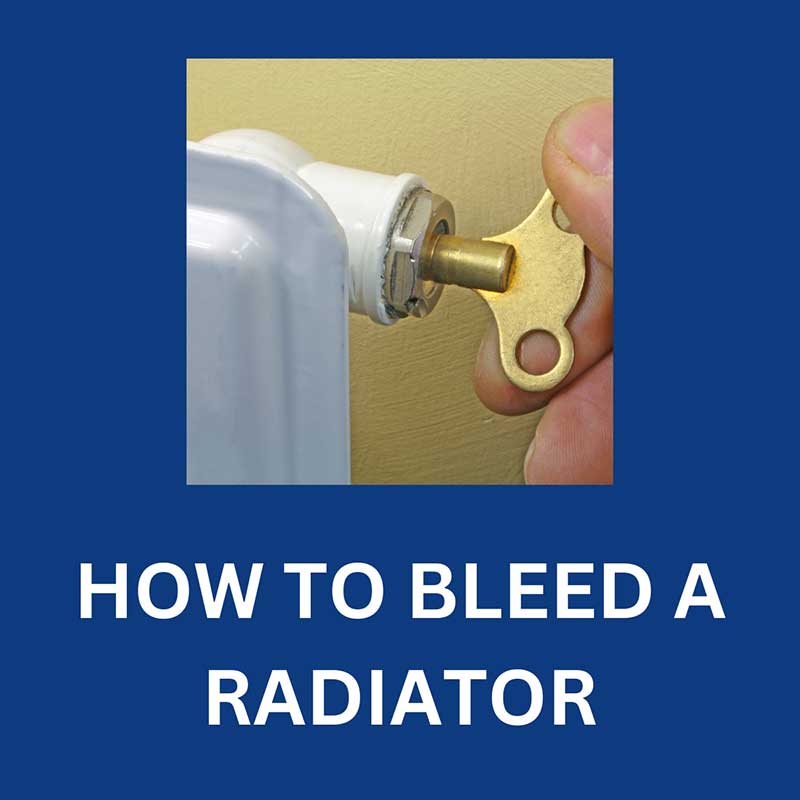
Your radiators in your home are going to need bleeding from time to time. Radiators trap air which prevents them from working at full output and results in a colder home. Luckily this is very common and easy to fix, anyone can do it all you require is a radiator key to bleed your central heating system. Bleeding removes all trapped air, restoring your heating system to full working order with no more cold spots.
Here’s a step by step guide on how to bleed the radiators in your home.
Step 1, Radiator Key
The radiator key is made to fit a radiator bleed valve. You will find the bleed valve at the top of your radiator on one of the ends (the other end will have a radiator blanking plug) The radiator key fits snugly over the bleed valve, the valve part which allows air to escape is a square shape. Don’t have a key? Pop down to your local DIY store (such as B&Q, Wickes, Screwfix or Tool Station) where you can pick one up cheaply. While it’s possible to bleed a radiator without a key it’s not recommended, always use a key. Modern radiator valves are opened with a flat head screwdriver, in this instance use a screwdriver instead of a key.
Step 2, Check Radiators
Make sure your heatings on and has had time to heat up. Go around your home and feel every radiator (be careful not to burn yourself) make sure all Radiator valves and thermostats are on. Radiators that are cold from top to bottom and Radiators that are warm at the bottom but cold at the top will need bleeding.
Step 3, Turn off heating
Once you have checked all your radiators and noted which ones need bleeding switch off your heating, this is to prevent any more air finding it’s way into the system. Give your system time to cool down, once all radiators are cold you can move onto bleeding.
Step 4, Bleeding
Before you start bleeding, please note that when you open a radiator bleed valve air will escape followed by water (usually dirty water that can cause unpleasant stains) make sure you have a container to hand to catch escaping water. Get your key or (flat headed screwdriver if you have modern valves) and place over bleed valve. Turn your key anti-clockwise to open the valve you’ll hear a hissing noise now stop turning. It’s essential you only open the valve ‘just enough’. You don’t want to remove the screw completely. As soon as the hissing stops and water starts escaping turn the radiator bleed key clockwise and close the valve until water stops dripping, don’t over tighten. Double check and make sure no water’s escaping (if the water’s escaping the valves not tight enough) Wipe any excess water away with a cloth. Remember, during bleeding, to catch any excess water with a cloth or container.
Step 5, Repeat
Repeat this process with all radiators in your home, even the ones that are heating up properly this will ensure all excess air’s removed from the system.
Step 6, Turn on heating and check Boiler pressure
Once all the radiators have been bled turn on your heating and wait for your radiators to heat up. Double check your boiler pressure sometimes bleeding can lower pressure preventing hot water reaching every Radiator in the house. To determine the correct pressure for your boiler refer to your boiler manual.
Step 7, Check Radiators
Once your system’s heated all radiators in your home should now be nice and warm. You might want to adjust your thermostatic valves to get the most comfortable heat output for each room.
After bleeding if your radiators are still cold or just slightly warm, you may have a sludge build up in your system or an issue with your central heating pump, feel free to get in touch if you need any help.
